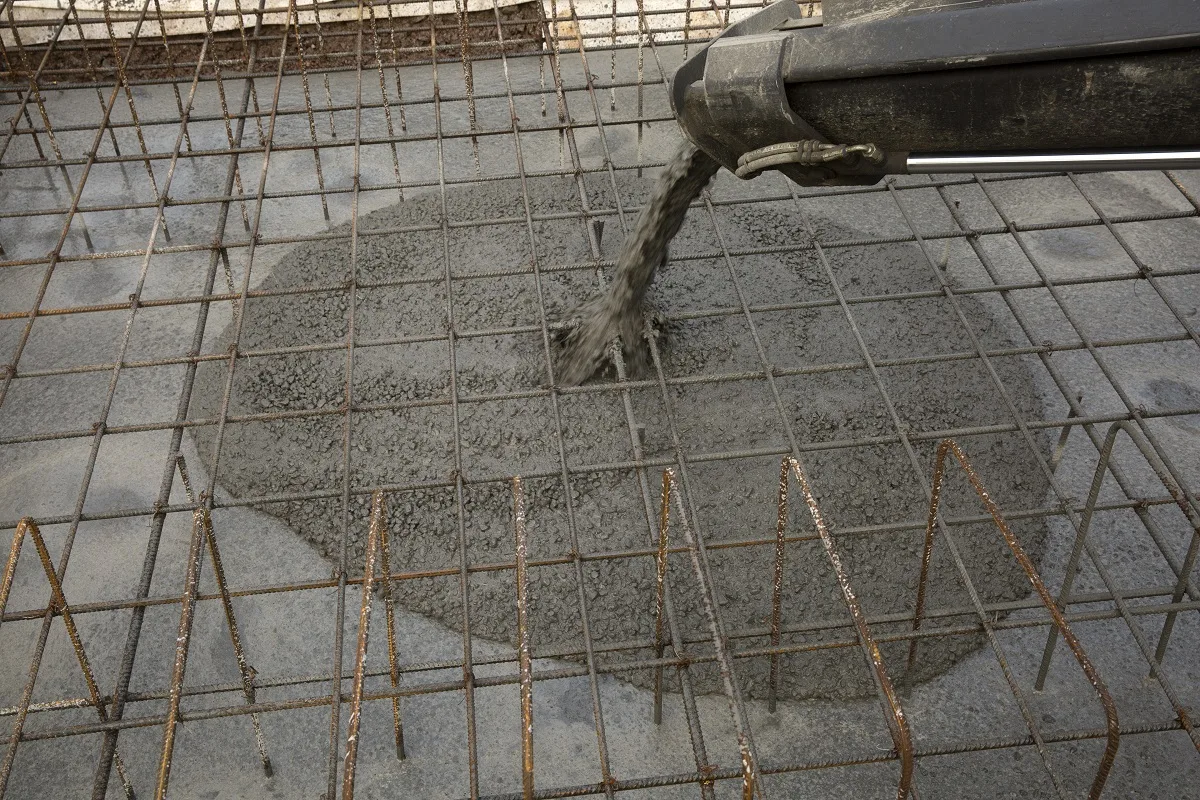The death of CEM I?
By James Bibby, Technical, Quality, and R&D Director, LKAB Minerals

Introduction:
With the imminent release of a fully revised BS 8500, the UK’s primary standard for specifying and manufacturing concrete, significant changes are anticipated. One particular topic that has garnered attention in webinars and trade press discussions is “ternary cement combinations” – a mixture containing portland cement and two other materials in the binder. Could this mark the end of CEM I, commonly known as ordinary portland cement, as we know it?
Ensuring concrete safety and suitability:
BS 8500 has always been specific about what can and cannot be added to concrete, providing reassurance for the construction of critical infrastructures such as hospitals, roads, and houses. However, these restrictions have sometimes hindered innovation, especially in terms of carbon reduction.
Previous limitations and new additions:
In the 2015 version of BS 8500, only one additional cementitious constituent (GGBS, fly ash, limestone, etc.) could be added to create a suitable “cement.” To cater to applications requiring extra durability beyond what CEM I offers, concrete plants typically stock supplementary cementitious materials (SCMs), mixing them as needed before delivering to contractors. The new version, released in November, allows for up to two additions, with a particular focus on limestone combined with another SCM.
The importance of limestone and carbon reduction:
Limestone has gained prominence as sustainability and carbon emissions have come into focus. CEM I has faced criticism due to its high carbon footprint, while limestone provides an effective and cost-efficient addition readily available to cement producers. By diluting CEM I with just 10% limestone, the carbon footprint can be immediately reduced.
Shifting preferences and unknown market reaction:
It is widely expected that cement producers will prefer to sell pre-blended limestone cements (CEM II/A-L or CEM II/A-LL) over the traditional CEM I due to the lower carbon emissions they offer. Cement producers have also declared that clinker replacements are integral to their net-zero ambitions by 2050. However, the response from customers remains uncertain.
Some end users have always favoured CEM I, such as those requiring power-floated floors. Including limestone limits the options available to concrete producers, immediately restrictings GGBS additions to 59%. Achieving DC-3 and DC-4 chemical classes, common in UK ground conditions, will become significantly more challenging (for instance, maximum w/c ratios will increase from 0.45 to 0.35) and may require higher cement contents, which could be counterproductive to carbon goals on some projects. Will the reduced flexibility and potential increase in concrete costs lead independent concrete producers to demand the status quo, or are we witnessing the slow death of CEM I?
Conclusion:
Only time will reveal the future of cement in the UK. With the imminent release of the revised BS 8500 and the prospect of ternary cement combinations, the concrete industry awaits the response from cement producers and end users. The potential trade-offs of reduced flexibility and increased costs in certain applications could play a significant role in shaping the fate of CEM I.




